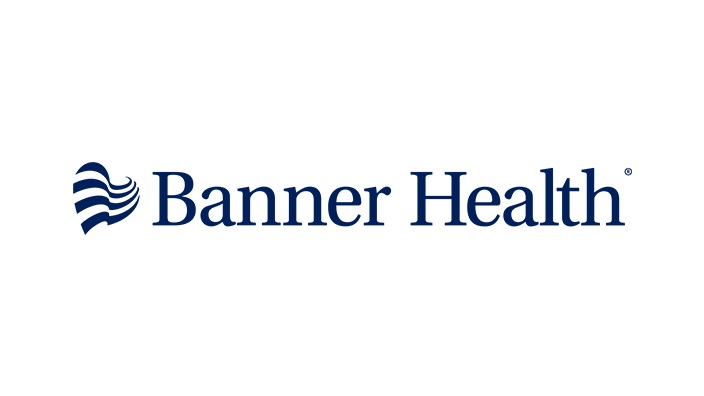
Banner Health, a leading U.S. nonprofit health system, successfully addresses behavioral health challenges using digital therapeutics. Faced with a surge in demand exacerbated by the pandemic and a shortage of clinical professionals, Banner Health leverages technology to bridge the gap. Their approach involves a meticulous evaluation process, selecting pure digital therapeutics like SilverCloud to provide an innovative layer of care. Results indicate a 40% order-to-enrollment rate, reduced anxiety scores, and significant patient engagement. The organization is now exploring similar strategies for diabetes management.
Banner Health, a prominent nonprofit health system based in Phoenix and serving over eight million patients across six states in the Southwest, has successfully tackled the challenges associated with behavioral health using digital therapeutics. In the face of a growing demand for mental health services exacerbated by the pandemic and a shortage of licensed clinical professionals in the markets they serve, Banner Health turned to innovative solutions to bridge the gap and improve patient outcomes.
According to Jeff Johnson, the Vice President of Innovation and Digital Business at Banner Health, behavioral health presents a unique set of challenges. The pandemic accelerated the unmet need for mental health care, and areas like Arizona, where Banner Health is located, faced a shortage of behavioral health specialists. Phoenix, in particular, experienced a significant surge in behavioral healthcare demand. Traditional approaches of hiring more clinical staff were insufficient to meet this demand, prompting the exploration of alternative solutions.
Digital therapeutics emerged as a promising avenue for addressing mild to moderate depression and anxiety. By leveraging digital tools, Banner Health aimed to provide a new and accessible layer of care for patients in need. The strategy involved identifying areas where traditional approaches fell short and using technology to enhance patient engagement and streamline the care process.
In contrast to behavioral health, managing diabetes posed a more intricate challenge due to its broad impact on the network. Banner Health sought a digital therapeutic solution for diabetes that could improve staff and patient efficiencies. In the current state, diabetic patients use various methods to record their A1C readings, creating a fragmented experience for both patients and care teams. The goal was to offer a more integrated experience for diabetic patients, including education pathways and digital tools, while addressing the challenges posed by analog data capture methods.
Banner Health follows a thorough evaluation process before adopting any technology. This involves aligning business needs with clinical requirements, identifying market solutions, and conducting evaluations to ensure that the selected tools meet both business and clinical goals. The process also includes a governance group, akin to a traditional P&T committee but tailored for digital health tools, to ensure the comfort and agreement of stakeholders before contracting and implementation.
In the case of behavioral health, Banner Health chose digital therapeutics to address capacity demands and opted for a pure digital therapeutic that allowed the software to handle the workload. The organization selected SilverCloud, a product by Amwell, delivered to patients directly through their Oracle/Cerner workflows using a third-party distribution tool called Xealth. This approach aimed to maintain the clinical experience for patients without diluting it with external care teams.
Banner Health empowered its care teams with discretion in selecting patients for digital therapeutic products. Clinical champions provided guidance on patient selection, and the organization piloted its approach in combined specialty care clinics in Tucson, Arizona. Training materials, handouts, and a YouTube video series were created to support the implementation, and regular metrics were circulated to keep care teams engaged.
The results of Banner Health’s initiative have been promising. Patients using SilverCloud experienced a reduction in both generalized anxiety disorder and patient health questionnaire scores. The organization noted a substantial duration of use, with patients spending over two hours on the platform. The order-to-enrollment rate hovered around 40%, indicating a successful adoption of digital therapeutics in behavioral health.
Banner Health is currently analyzing whether patients using digital therapeutics are less likely to seek additional care or experience decreased drug spending, aiming to establish a hard value return on investment in cost containment. The organization is drawing insights from the National Health Service’s use of Sleepio as a primary solution for insomnia.
Jeff Johnson provides valuable advice for organizations considering the integration of digital therapeutics. He emphasizes the importance of an orchestration layer, like Xealth, to seamlessly integrate orders into care teams’ workflows. This ensures that patients are more likely to use digital tools if recommended by their healthcare providers. Governance is identified as a critical element, with organizations needing to align on useful digital therapeutics and establish clearly defined success metrics. Johnson underscores the challenge of attributing outcomes to digital therapeutics and stresses the importance of well-defined experimental boundaries and data capture techniques to measure the true value of these interventions.

